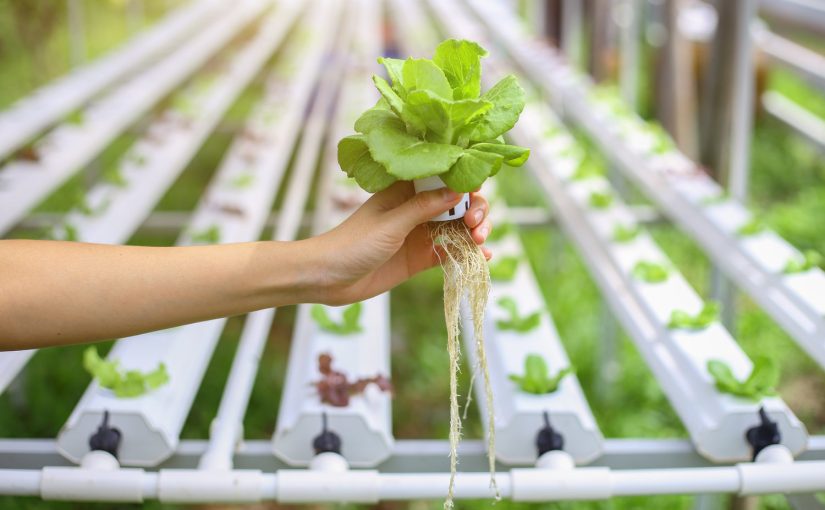Introduction
Welcome to our blog post on building dreams! In this article, we will explore the fascinating world of creating exceptional homes that are tailored to your unique vision. Building a dream home is an exciting and rewarding journey that allows you to bring your imagination to life. Whether you have a specific architectural style in mind or desire a home that reflects your personality and lifestyle, our Best Home Builder Melbourne, HomeCraft, expert craftsmanship, and innovative approach will ensure that your dream becomes a reality.
HomeCraft: Expert Craftsmanship and Innovation in Every Detail
At HomeCraft, we take pride in our commitment to expert craftsmanship and innovation in every detail of home construction. We understand that building a dream home involves more than just assembling walls and roofs. It requires an artistic eye, attention to detail, and a deep understanding of our clients’ desires. Our team of experienced architects, designers, and craftsmen, work closely with you to bring your vision to life.
From the initial design phase to the finishing touches, we strive for excellence in every aspect of the construction process. Our dedication to quality ensures that your dream home is built to last and exceeds your expectations. With a focus on sustainability and energy efficiency, we incorporate the latest advancements in building materials and technology to create homes that are not only beautiful but also environmentally friendly.
Custom Homes: Your Unique Vision Brought to Life with Precision and Style
One of the most exciting aspects of building a dream home is the ability to tailor every detail to your specific vision. At HomeCraft, we specialize in custom homes that are a reflection of your unique style and preferences. Whether you envision a contemporary masterpiece with clean lines and open spaces or a traditional home with timeless elegance, we, including best home builder melbourne, have the expertise to bring your dreams to life.
Our team of talented architects and designers will collaborate with you to understand your lifestyle, preferences, and budget. We believe that every detail matters, from the layout and floor plan to the materials and finishes. By combining our expertise with your vision, we create homes that are not only aesthetically pleasing but also functional and practical for everyday living.
Architectural Wonders: Building Architectural Masterpieces for Modern Living
Building a dream home is an opportunity to create an architectural masterpiece that stands out from the crowd. At HomeCraft, we are passionate about pushing the boundaries of design and creating homes that are architectural wonders. Our team of architects, including Best Home Builder Melbourne, is experienced in blending form and function to create homes that are both visually stunning and highly functional.
Whether it’s incorporating unique design elements, utilizing innovative building techniques, or creating seamless indoor-outdoor living spaces, we strive to create homes that inspire and captivate. We believe that your dream home should not only meet your needs but also exceed your expectations in terms of design and aesthetics.
Conclusion
Building your dream home is a once-in-a-lifetime opportunity to create a space that is tailored to your vision and lifestyle. At HomeCraft, we are dedicated to making this journey a truly exceptional experience. With our expert craftsmanship, attention to detail, and innovative approach, we will help you bring your dreams to life. Contact us today and let us be your partner in building the home of your dreams.


